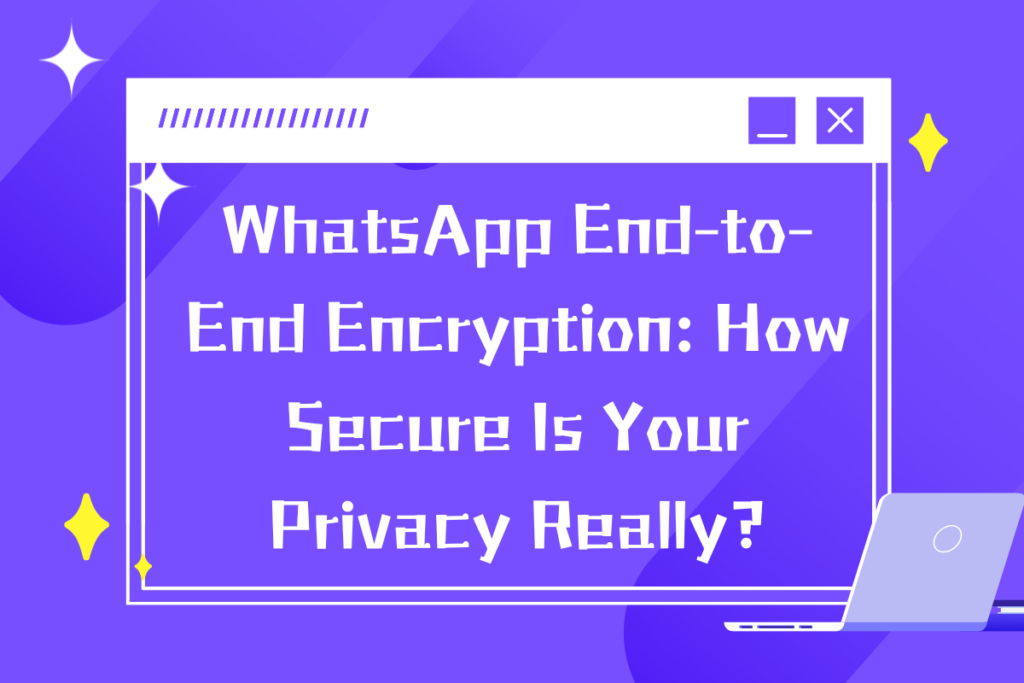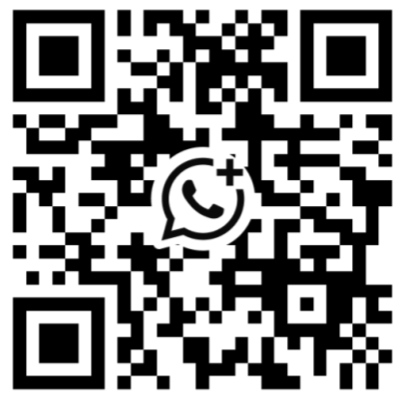
In a digital world where surveillance, data mining, and cyber threats are commonplace, privacy is no longer just a personal preference—it’s a necessity. Among the most widely used messaging platforms globally, WhatsApp has long promoted end-to-end encryption (E2EE) as a pillar of user security. But what exactly does that mean? How does it work? And does it truly make your messages safe?
Let’s dive deep into the world of WhatsApp end-to-end encryption to understand its technology, impact, limitations, and controversies.
End-to-End Encryption (E2EE) is a security mechanism where data is encrypted on the sender's device and only decrypted on the receiver’s device. This means:
No third party—including WhatsApp, Meta (its parent company), internet providers, governments, or hackers—can read or access your messages while they’re in transit.
The core idea is that only you and the person you're talking to can read what’s sent—no one else, not even WhatsApp itself.
WhatsApp uses the Signal Protocol, a well-established open-source encryption system also used by the Signal messaging app.
Here’s how it works:
Key Features of WhatsApp’s Encryption:
(1)Public & Private Key Pairs
- Every user has a unique public-private key pair.
- The public key is shared with others, while the private key is kept secret.
(2)Session Keys
- Each session generates a new unique encryption key (forward secrecy).
- This prevents attackers from decrypting old messages even if a key is compromised.
(3)Message Authentication
- Each message is signed with a digital fingerprint to verify its integrity and origin.
(4)Encrypted Calls and Media
- Voice calls, video calls, images, voice notes, and documents are all protected with the same E2EE protocol.
| Data Type | End-to-End Encrypted? |
| Text messages | Yes |
| Voice messages | Yes |
| Photos and videos | Yes |
| Voice and video calls | Yes |
| Group chats | Yes |
| Location sharing | Yes |
| Chat backups (optional) | Only if enabled |
Note: By default, cloud backups (Google Drive or iCloud) are not end-to-end encrypted. However, WhatsApp now offers an option for E2EE backups, which users can turn on manually.
(1)Enhanced User Privacy
Only the sender and recipient can read the messages—protecting conversations from third-party surveillance.
(2)Protection from Meta (Facebook) Itself
Despite being owned by a data-driven company, WhatsApp’s encryption design prevents even Meta from reading messages.
(3)Resilience Against Hacking
Even if messages are intercepted during transmission, they appear as unreadable gibberish without the decryption key.
(4)Legal Shield
Your personal conversations can’t be subpoenaed or handed over to authorities—because WhatsApp can’t access them either.
WhatsApp allows users to verify encryption manually:
- Tap on the contact’s name > Tap "Encryption"
- You'll see a unique 60-digit security code and a QR code.
- You can scan and compare this code with your contact to ensure your chats are protected.
This isn’t mandatory—but it's an additional layer of reassurance.
| Feature | Signal | Telegram | iMessage | Facebook Messenger | |
|---|---|---|---|---|---|
| End-to-End Encryption | ✅ Default | ✅ Default | ❌ (Only Secret Chat) | ✅ (Apple-to-Apple) | ❌ (Opt-in only) |
| Protocol Used | Signal Protocol | Signal Protocol | MTProto (Custom) | Apple Internal | Custom |
| Open-source | ❌ | ✅ | ✅ | ❌ | ❌ |
| Group chat encryption | ✅ | ✅ | ❌ | ✅ | ❌ |
(1)Device-level vulnerabilities
- If your phone is infected with spyware, encrypted messages can still be read before they’re encrypted or after they’re decrypted.
(2)Social engineering & phishing
- E2EE won’t save you if someone tricks you into giving away your account or login credentials.
(3)Screenshot leaks
- Anyone in a chat can still take screenshots or record conversations manually.
(4)Metadata exposure
- WhatsApp can’t read your messages—but it knows when you messaged, who you messaged, and how often.
Governments worldwide have increasingly criticized end-to-end encryption. Their argument?
- “It hinders the ability to combat crime, terrorism, and child abuse.”
Key Incidents:
- UK’s Online Safety Bill threatens to force platforms to scan private messages.
- India has requested the ability to trace message originators.
- U.S. lawmakers have repeatedly pressured companies to build “backdoors” into encryption.
But experts argue:
“You can’t create a backdoor for the good guys only. Once the door exists, anyone can break in.”
WhatsApp has so far resisted all such demands, emphasizing that weakening encryption would harm everyone, not just criminals.
Here are some best practices:
- Enable two-step verification (Settings > Account > Two-step verification)
- Enable encrypted backups manually
- Check devices linked to your account (Settings > Linked Devices)
- Be mindful of social engineering attempts
Yes—and no.
WhatsApp’s end-to-end encryption is one of the strongest privacy shields in mainstream messaging. For most users, it offers excellent protection against surveillance, snooping, and hacking.
But encryption alone doesn’t equal total security. User behavior, device hygiene, and awareness of threats are equally important.
As long as we stay vigilant and understand our tools, end-to-end encryption empowers us to reclaim some measure of privacy in an increasingly connected world.
Want to learn more about foreign trade?
WhatsApp unblocking/Unofficial/Unable to receive verification code?
What are WADesk's anti-blocking mechanisms and key features?
Scan the QR code to join the group, let's exchange ideas and make money together!



-7-1024x683__d6c250a72529cd6b1906fca440a3ce24__d6c250a72529cd6b1906fca440a3ce24.png)


